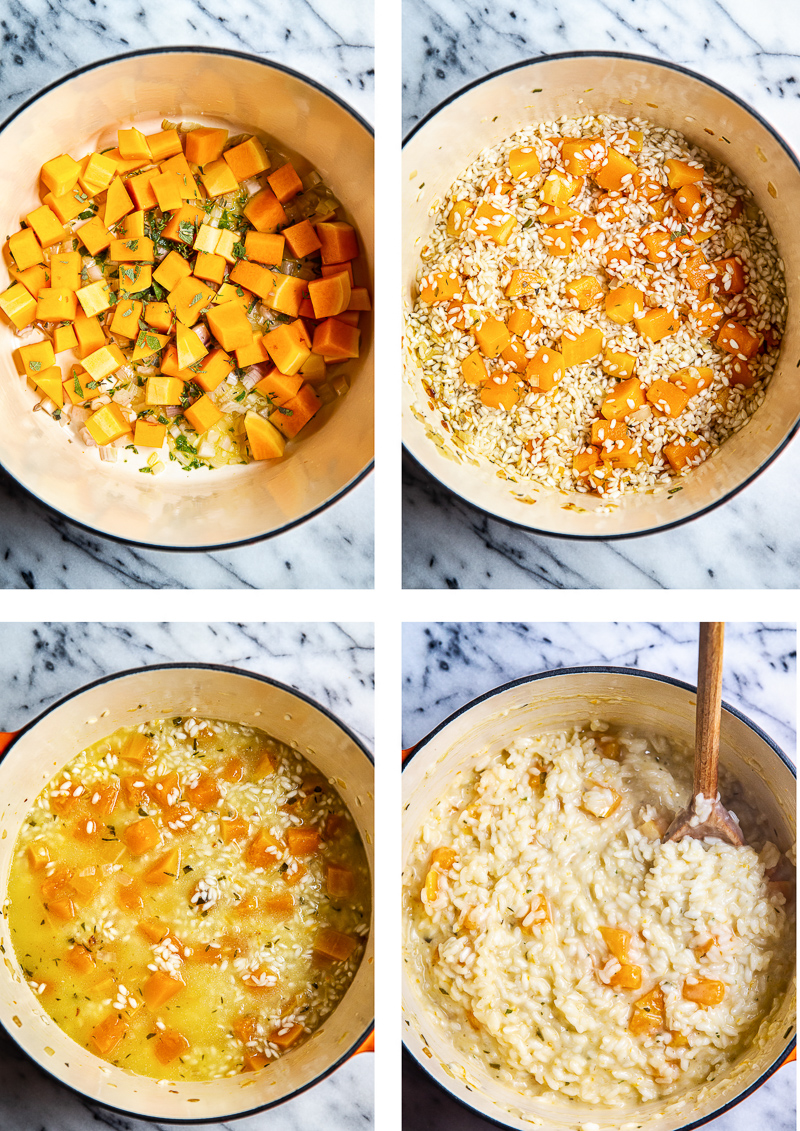

The butternut squash goat cheese filling was so incredible that I couldn’t help but eat some as I was filling the ravioli. They went in, cooked through beautifully, rose to the top of the water and when I took them out to drain, I knew immediately that they would be delicious. Being that I have never made fresh pasta, I had this fear I would spend the time making it, stuffing and sealing each ravioli and then it would fall apart the minute it hit the boiling water. It was tender and the texture was exactly as it should be. I cannot even begin to describe how amazing it was to eat fresh pasta, that I made myself, by hand. I also had a beautiful butternut squash that I wanted to make some type of filling out of so I went a variation of a recipe that I had saved from Gourmet Magazine from many years ago. The recipe had relatively few ingredients and the instructions seemed easy enough, so I decided making fresh ravioli would be my first attempt at making pasta.
#BUTTERNUT SQUASH GOAT CHEESE MAC AND CHEESE HOW TO#
Their directions include how to cut the pasta by hand and even how to make ravioli. After I got my copy of the book “Gluten-Free Girl and the Chef: A Love Story with 100 Tempting Recipes“, one of the first recipes that caught my eye was for fresh gluten-free pasta. What types of flours to use, what type of pasta should I make, could I make it without a pasta machine or attachment, etc.

This would also be wonderful alongside a bowl of soup in the winter, especially next to a roaring fire in the fireplace.I have been wanting to attempt to make fresh gluten-free pasta for a while, but I didn’t even know where to begin. Additional thoughts included making smaller slices of bread or rounds of bread and stacking them up, perhaps with the assistance of a toothpick, and serving them as an appetizer with a splash of balsamic atop and, if serving for brunch, for example, adding an egg atop as well. Going back to my tasters for a moment, they felt the open-faced approach was how it should definitely be served. Note that we ate these with fork and knife-a steak knife was perfect to carve through the layers. Three hungry eaters each ate one of these sandwiches and despite their enjoyment, no one needed a second in terms of being satisfied. I layered the goat cheese, kale, and squash as directed, but just did not place a slice of bread atop. Hence there was no butter involved in my sandwich.īecause I did not attempt to make a sandwich that could be placed in a pan and flipped over, I made my sandwiches open-faced, and there were therefore 4 of them. It was clear to me that I would not be able to stack the ingredients and then flip the sandwich over, so I opted for the pop-it-in-the-oven approach, even before I assessed the messiness of the melted cheese. That being said, one of my tasters noted that the bread really made a difference to his satisfaction. It wasn’t the rye I had anticipated using but it worked perfectly for this sandwich and I would seek it out again, though I am certain a softer less dense seeded rye would also yield a tasty sandwich. I was traveling when I made this and I found the most beautiful 100% rye seeded with pumpkin seeds, sunflower seeds, and caraway seeds. The sandwich was terrific as made, but I would amend this to at least 2 handfuls as the color really made a difference, in addition to enhancing the overall taste of the sandwich. “I don’t understand the point of the kale,” said another of my tasters. My handful of baby kale turned out to be too skimpy in proportion to the other ingredients. The combination of olive oil, dried chile flakes, ground nutmeg, paprika, salt, and pepper was so good I took a piece of bread to the roasting pan to scoop up the extra oil and spices that didn’t adhere to the squash. For starters, the butternut squash prepared with these spices could be served by itself. A hit! “Gorgeous” and “It was a beast,” said one of my tasters as he made his way through with pleasure.


 0 kommentar(er)
0 kommentar(er)
